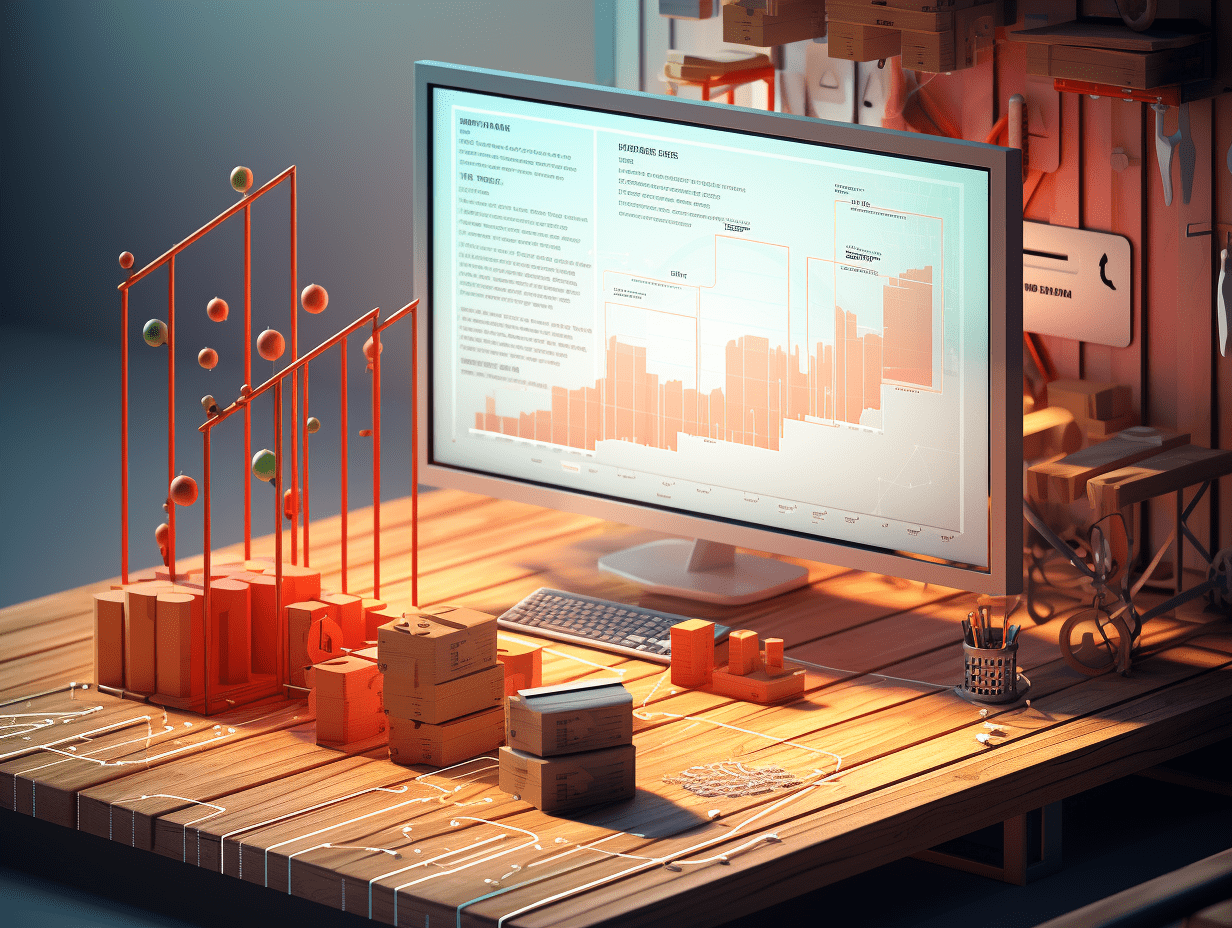
Shenwan Hongyuan Group: Cloud vendors are the beneficiaries of the AI wave.
Shenwan Hongyuan Group released a research report stating that the history of the mobile internet boom from 2012-2015 may be repeated, China's AI applications are on the verge of bursting, and are expected to drive the demand for domestic chips, cloud vendors, and other AI upstream infrastructure. DeepSeek uses a loose MIT open source agreement, allowing cloud computing vendors to replicate advanced models at a low cost and flexibly commercialize them. The combination of "computing power + cloud + AI" is an industrial trend, with top cloud vendors exhibiting distinct characteristics: on the basis of cloud services, Alibaba Cloud and Tencent Cloud both integrate self-developed large models, Huawei's Ascend Cloud integrates self-developed AI chips, KINGSOFT CLOUD collaborates with WPS AI, etc.; short-term incremental opportunities for traditional cloud services are expected, and in the long term, after the decline in technological barriers, cloud vendors who build ecological barriers will benefit more.
The main points of view of Shenwan Hongyuan Group are as follows:
DeepSeek released the R1 inference model on January 20, 2025, which caused a global shock in the tech community with its complete openness and powerful performance. Following this, on January 28, Alibaba Cloud released Qwen2.5-VL, which emphasizes visual understanding capabilities and also chose to open source.
The significance of DeepSeek: information equality, China's AI achievements catching up to world-leading levels, open source catching up to closed source.
Before the appearance of DeepSeek, the United States was more advanced in the field of large models, and closed source was stronger than open source - the former suppressed China's risk preference for assets; the latter made it difficult for small and medium-sized companies lacking strong financial strength to face the AI wave. The emergence of DeepSeek changed these two points.
Top capabilities + ultra-low cost + complete open source: the explosion of AI applications is expected to be significantly advanced.
Specifically: (1) DeepSeek excels in authoritative evaluations, and in multiple benchmark tests such as MMLU, the performance of the V3 model matches or even surpasses that of GPT-4. (2) According to the official Deepseek-V3 training document, the training cost under the assumption of GPU leasing is $5.576 million, significantly reducing the entry barriers for enterprises and developers; (3) DeepSeek opens up all code, model parameters, etc., allowing global developers to quickly innovate on this basis. The combination of these three factors is expected to significantly shorten the cycle from AI research and development to commercialization.
With a huge market and Beijing Vastdata Technology, Chinese AI applications are expected to lead the world.
As of December 2024, China has a user base of 1.108 billion Internet users. The vast user base will bring Beijing Vastdata Technology, and after the large model capabilities catch up with the world's top, the combination of the two can iterate faster to develop powerful vertical applications. The history of the mobile internet boom from 2012-2015 may be repeated, China's AI applications are on the verge of bursting, and are expected to drive the demand for domestic chips, cloud vendors, and other AI upstream infrastructure.
Overall, the areas affected by AI can be divided into: (1) software support layer: AI large models + cloud services; (2) hardware support layer: chips + communication + storage + IDC; (3) software application layer: can be divided into data and content services, and vertical applications that integrate with the real economy; (3) hardware application layer: AI terminals represented by PCs, phones, and glasses.
During the popularization of AI applications, there are limitations to localized deployments, and the demand for cloud deployments is expected to increase significantly.
DeepSeek uses a loose MIT open source agreement, allowing cloud computing vendors to replicate advanced models at a low cost and flexibly commercialize them. Comparing different large model deployment methods: (1) Local deployment can maximize data security and privacy, possibly being the preferred choice for sensitive industries such as finance and healthcare, but requires the purchase of servers, storage devices, and the hiring of professional personnel for maintenance, resulting in high computing resource costs; (2) In comparison, public cloud services offer on-demand payment, annual and monthly packages, pay-per-performance, and other billing methods, with lower initial costs, allowing users to quickly use large models; (3) if companies have further requirements for data privacy, virtual private clouds combine the advantages of elastic scaling and data security, suitable for large enterprises and sensitive industries.
Recommended focus on the following "AI + Cloud" targets:
Alibaba Cloud: BABA-W(09988), GDS-SW(09698), Digital China Group(000034.SZ), Insigma Technology(600797.SH).
Huawei Cloud: Talkweb Information System(002261.SZ), Shijiazhuang ChangShan BeiMing Technology(000158.SZ), iSoftStone Information Technology(301236.SZ), INESA Intelligent Tech Inc.(600602.SH).
Tencent Cloud: TENCENT(00700), China Greatwall Technology Group(000066.SZ), DHC Software(002065.SZ).
Yecloud: China Telecom Corporation(601728.SH), Shenzhen Sed Industry(000032.SZ); Unicom Cloud: China United Network Communications(600050.SH); Mobile Cloud: China Mobile Limited(600941.SH).
Others: KINGSOFT CLOUD(03896), Youkude(688158.SH); Amazon Cloud: Beijing SinnetTechnology (300383.SZ)Risk Alert:
There are limitations to predicting industry trends, and individual stock performance may not meet expectations.
RECOMMEND
©️2013 - 2025 GMT EIGHT Holdings. All Rights Reserved.
Contact: contact@gmteight.com


